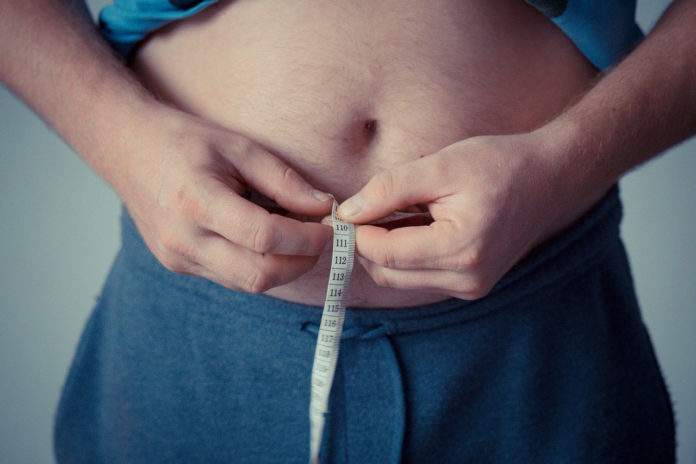Weight loss therapy of older adults with obesity is limited by weight loss-induced decrease in bone mineral density (BMD), which could exacerbate ongoing age‐related bone loss and increase the risk for fractures. Therefore, it is recommended that weight loss therapy of older adults with obesity should include an intervention such as regular exercise to reduce the concomitant bone loss.
However, the most appropriate exercise type of combining with weight loss therapy in this older population is unknown. In a new study, scientists examined which forms of exercise might help reduce such bone loss.
A total of 160 obese men and women aged 65 years or older with obesity were involved in the study. Scientists measured changes in BMD and bone markers using mixed‐model repeated-measures analyses of variance.
After 6 months of intensive lifestyle interventions, scientists found that the resistance exercise, alone or combined with aerobic exercise, was effective in reducing weight loss-induced decreases in hip bone density. Scientists also found that aerobic exercise alone was not effective.
These findings indicate that both resistance and combined aerobic and resistance exercise can be recommended to protect against bone loss during weight loss therapy of older adults with obesity.
Senior author Dennis T. Villareal, MD, of Baylor College of Medicine, said, “It is never too late to practice a healthy lifestyle through diet and regular exercise, especially that which includes resistance exercise to improve physical function and preserve bone health during aging.”
The study is published in the Journal of Bone and Mineral Research.
